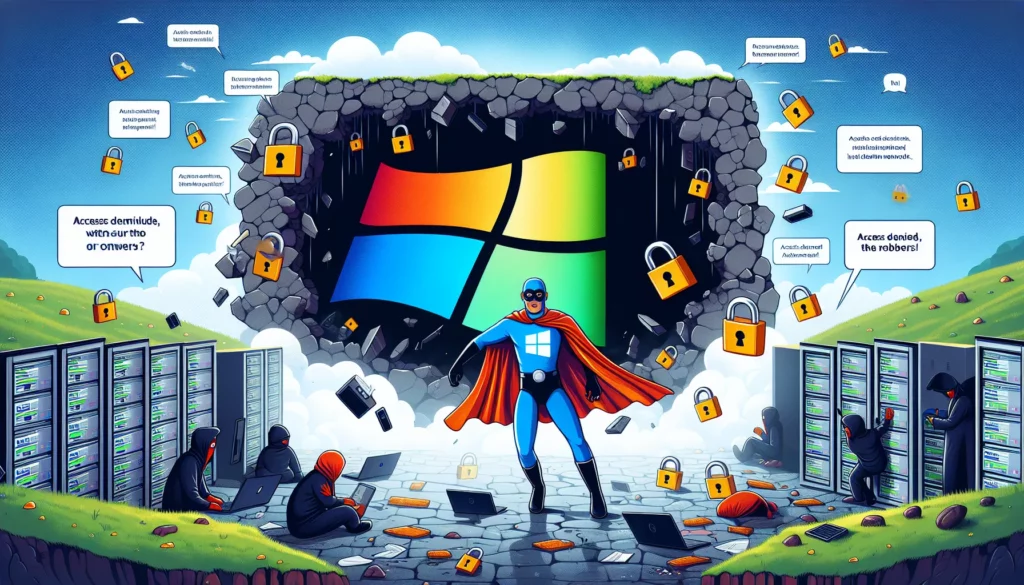Microsoft Disrupts Lumma Stealer Network, Secures Over 2,000 Domains
Microsoft has executed a significant disruption of the Lumma Stealer network, a robust operation responsible for a substantial number of cybercrimes worldwide. This initiative resulted in the seizure of 2,000 domains associated with Lumma Stealer, impacting an estimated 394,000 infections globally.
Lumma Stealer is a sophisticated malware variant designed to extract sensitive information from compromised devices. Its capabilities allow it to harvest credentials from browsers, capture keystrokes, and monitor clipboard activities. The malware has gained notoriety for its extensive reach and the ability to compromise personal and corporate data across various platforms.
In collaboration with law enforcement agencies, Microsoft conducted this operation as part of its broader commitment to combating cybercrime. The coordinated effort included intelligence sharing and strategic planning with international law enforcement to dismantle the infrastructure supporting Lumma Stealer’s operations.
This decisive action not only disrupts the Lumma Stealer network but also serves as a substantial warning to other cybercriminal enterprises. The seizure of these domains is expected to mitigate the risk of further infections and safeguard the personal and financial data of countless individuals and organizations.
This operation underscores the ongoing battle between cybersecurity professionals and cybercriminals, highlighting the importance of collaborative efforts in addressing cybersecurity threats. Microsoft’s proactive measures demonstrate a commitment to protecting users and reinforcing the security landscape against evolving threats.
Organizations are encouraged to enhance their security practices, including regular updates, employee training on phishing prevention, and the implementation of robust security solutions, to guard against similar threats in the future. The fight against cybercrime remains a shared responsibility, and continuous vigilance is crucial in safeguarding digital assets.








